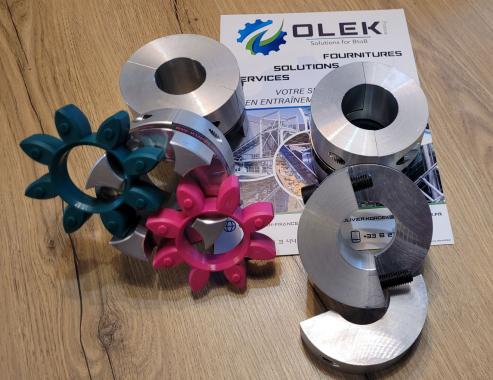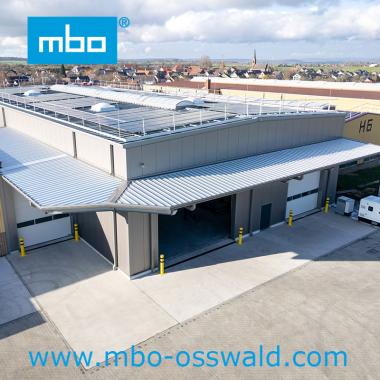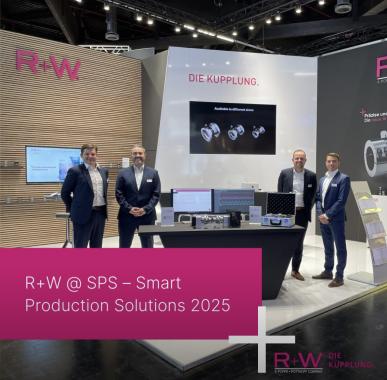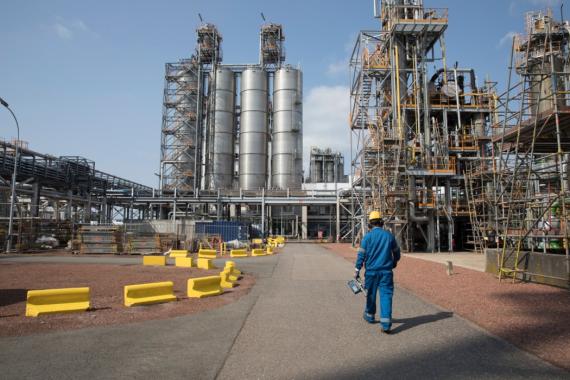Robotics, the backbone of Industry 4.0
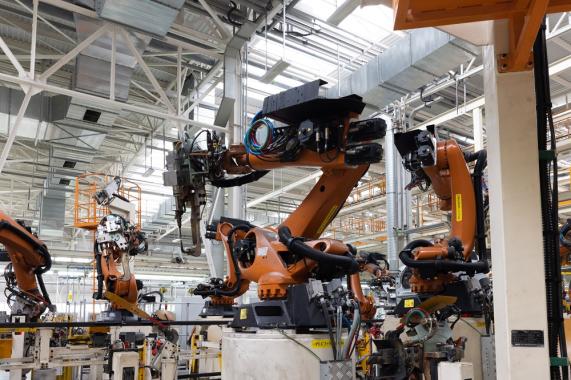
What is the place of robotics in a context of industrial transformation? What changes for work in industry in the face of progress in robotics? To answer these questions, Jacques Dupenloup, director of the robotics division France of Stäubli, returns to the challenges of robotics and its use in the era of industry 4.0.
“Initially called 'the industry of the future', industry 4.0 designates the evolution of technology to meet the challenges of today and tomorrow. And, undeniably, robotics is an integral part of this new industrialization ”, emphasizes Jacques Dupenloup. With digitization, many people believe that robotics is at the very heart of industrial transformation. And the benefits of using robotics in industry are numerous: greater versatility, better responsiveness, easier information feedback, increased productivity ... , brings reactivity and therefore, ensures the sustainability of the company ”, adds Jacques Dupenloup.
Robotics, used in all sectors
Originally used in the production lines of the automotive industry, the uses of robotics have been widely deployed over the past 30 years. “30 years ago, 75% of the robots produced were dedicated to the automotive industry, compared to 23% today. All the other markets now use robotics ”, adds Jacques Dupenloup. A few examples: the pharmaceutical, medical, agri-food, cosmetics, plastics, metallurgy, construction, logistics sectors… “ The markets have completely opened up, we are seeing real needs on the part of manufacturers. All sectors combined, robotics is growing by 15% per year,” explains Jacques Dupenloup.
The evolution of jobs in industry with robotics
Concern about employment in the industry with the use of robotics also has no reason to be, according to Jacques Dupenloup. “Companies that use robotics do so mainly for high-speed, strenuous jobs, where occupational diseases, such as musculoskeletal disorders, are very present, he specifies. Employees are not laid off, however, since the use of robotics allows companies to develop. On the contrary, tasks with higher added value are entrusted to them, such as control operations. The introduction of robotics is therefore often accompanied by training ”. Indeed, the vast majority of tasks that are repetitive in nature can be robotized. The robot suppliers as well as the integrator first study the need, in order to be able to equip the robot with the tools necessary to carry out the task: flexible grippers to handle small parts, vision system to be more precise...
The use of robotics in industry is therefore a major advance for the working conditions of employees. An example: robotics are now used in sheet metal workshops to supply metal to die-cutting presses, which has considerably reduced work-related accidents when carrying out this task.
Robotics, at the heart of employees' work
With technological advances, new robots have been developed and can now evolve closer to employees. Cobots, for example, these robots that allow close collaboration with humans. However, even today, " their possibilities remain limited in terms of loads and speed, because, working alongside the man, the safety standards are very strict ", specifies Jacques Dupenloup.
The evolution of robotics also involves mobility. AGVs (Automatic guided vehicles), which have existed for many years, are now supplemented by AMRs (Autonomous mobile robots). The latter can move within a space where employees are working, bypassing them using navigation systems and programming and transporting loads. “ Today, AGVs and AMRs can move around the factory, as well as outside, rub shoulders with humans, transport heavy loads and other robots. These are pieces of equipment that will increasingly be used for heavy loads in order to make travel safer. adds Jacques Dupenloup. Mobile robotics is also used in logistics, to facilitate access to products.
What challenges and prospects for the coming years?
Robot manufacturers and manufacturers work together around the use of robotics, and new applications appear regularly in different fields: welding, gluing, 3D printing, machining, measurement control, handling, order preparation, product testing, processing of surface… Coupled with digital technology, robotics enables the design of fully automated equipment. In machining, robots can thus supply the machine tools and then recover the machined parts and manage the palletization.
The interconnection of the value chain is indeed a key point of industry 4.0, whether it concerns sensors, actuators, robots, software or the Cloud... The objective: to facilitate the management of the company, better plan maintenance and gain in competitiveness. Humans have their place here, and professions will continue to evolve. Training is therefore a very important issue for the years to come. “ With the Covid-19 crisis, we became aware of the importance of industry, and of the need to reindustrialize our country. We therefore need talents, vital forces, so that the industry can regain its place in France and be competitive”, concludes Jacques Dupenloup.
Our other news
See allJoin the largest community of industrial suppliers
- Helping you with your ongoing technology watch
- Provide you with detailed supplier statistics
- Give you international visibility
Discover the largest catalogue of industrial products on the market
- To offer you the best catalogue of industrial products on the market
- To guarantee you a 100% secure platform
- Enable you to have live remote exchanges


 Français
Français 